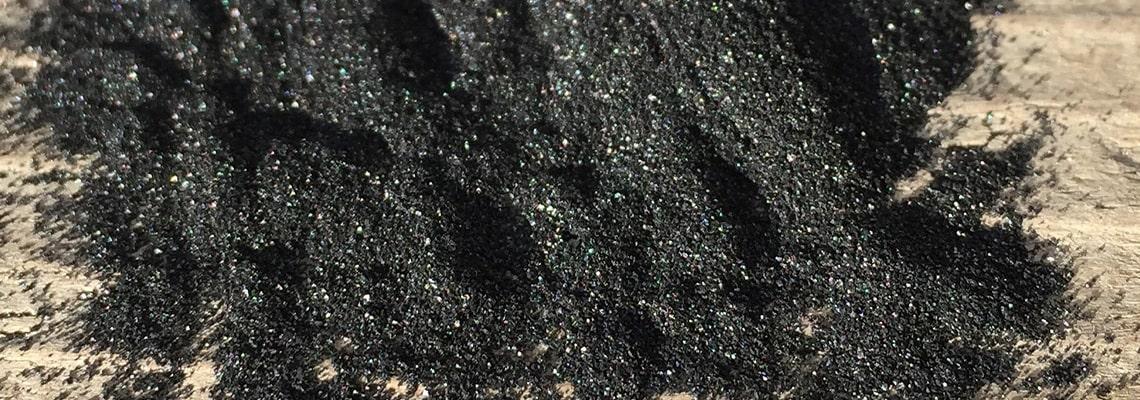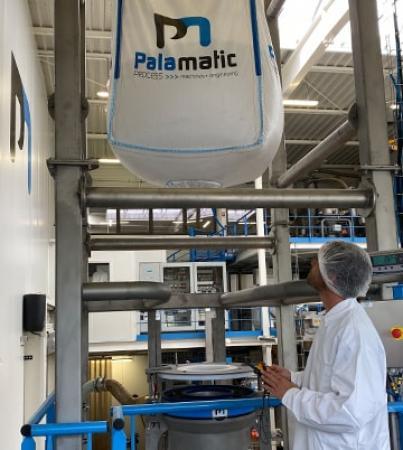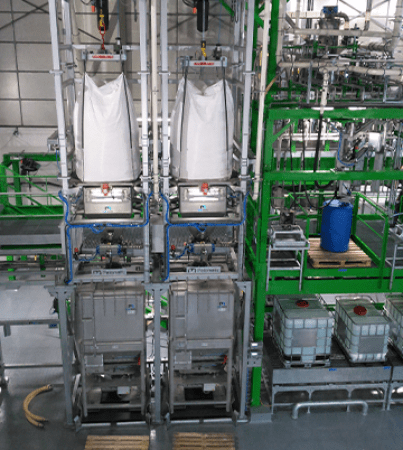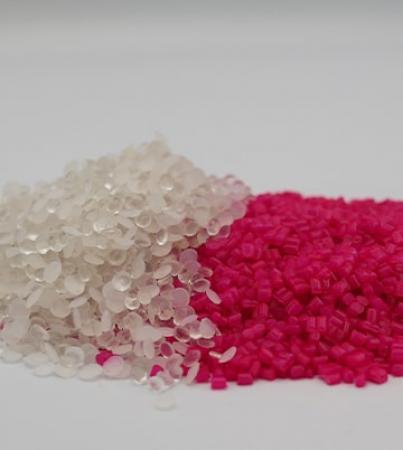1. Main characteristics of carbon black
Also known as furnace black, thermal black, tunnel black, acetylene black, smoke black or lamp black, carbon black comes in the form of a black residue (black granules or very fine powder) produced by the incomplete combustion of hydrocarbons, vegetable oil or through the thermal decomposition of natural gas or acetylene. It is an elemental form of carbon - since it is composed of between 97% and 99% - and an odorless, colloidal material.
Carbon black is typically similar to a black powder composed of spherical particles from 10 to 500 nm forming aggregates from 100 to 800 nm. Its volumetric mass is between 1.8 and 2.1 g-cm³.
Carbon black is to be distinguished from soot, which is a fatter, thicker and more heterogeneous substance. Another distinguishing characteristic is that carbon black is manufactured under controlled conditions for industrial purposes, unlike soot, which is the result of incomplete combustion under uncontrolled conditions.
Carbon black is considered a pollutant when it emanates from engines (exhaust pipes) or when it is distributed on roads and highways through tire wear.
2. Main applications of carbon black
Carbon black is mainly found in the petrochemical industry, but it is also used in the rubber industry (manufacture of tires, hoses, conveyor belts, cables), paint, varnish, inks, paper, plastic or in the food sector as a colorant (E152).
Another use with increasing demand is carbon black in the form of mini-granules, beads or micro-beads that for certain industrial processes prefer this type of form.

3. Industrial handling of carbon black
As a known irritant to the respiratory tract and eyes and having been recognized as a possible carcinogen by the IARC, carbon black must be handled with the utmost care to avoid any occupational health risks to personnel. Its level of toxicity varies according to the diameter of the airborne particles. It is therefore recommended that carbon black be stored in a dry, confined and climate-controlled area away from chemicals and abrasives.
Carbon black powder is not easy to handle in the industrial environment. It is a volatile powder with challenging flow properties. It can plug certain equipment, requiring the use of vibration systems to facilitate the flow of carbon black in your production line.
4. Applications of carbon black with Palamatic Process equipment
Generally speaking, bulk bag or container unloading stations like the IBCFlow® 01 station ensure the feeding of carbon black according to the desired volumes. Thanks to optional discharge isolation valves, the operator can stop or regulate the feed of this material at any time.
Once the unloading is completed, the bulk bag can be removed using an electric hoist or a handling cross. In order to minimize dust emissions, an unlacing cabinet can be connected to a dust removal unit. In all cases, your carbon black installation must be equipped with a dust collection system.
Bulk bags or rigid containers can be connected to powder conveying systems such as our VFlow® pneumatic transfer system. The aspirated pneumatic conveying technology is preferred for the transport of carbon black in order to maintain a high level of containment and avoid the diffusion of airborne particles in the working environment.
Hermetic solutions are available to keep your production facilities clean.
Palamatic Process also offers equipment (i.e., handling crosses, sack tip glove box, etc.) that isolates the operator from toxic and/or polluting products such as carbon black, therefore offering maximum containment and risk reduction. Dust containment is achieved thanks to a system of flanges, inspection doors, bulk bags connections, etc. and is essential in the handling of carbon black powder.
The parts in direct contact with the carbon black are made of stainless steel 304. Motorized vibrators can be added on the deposit tray to improve the product flow.
Palamatic Process experts have the necessary ATEX certifications for carbon black powder and are at your disposal to analyze and characterize your powder.
5. Palamatic Process customer applications with carbon black
Palamatic Process has already set up a process to feed two carbon black lines from flowbins for a customer from the automotive and heavy truck industry. This process includes two manual container emptying stations feeding two mixing lines.
Other installations with carbon black have been set up as a deconditioning system for flexible containers.

















